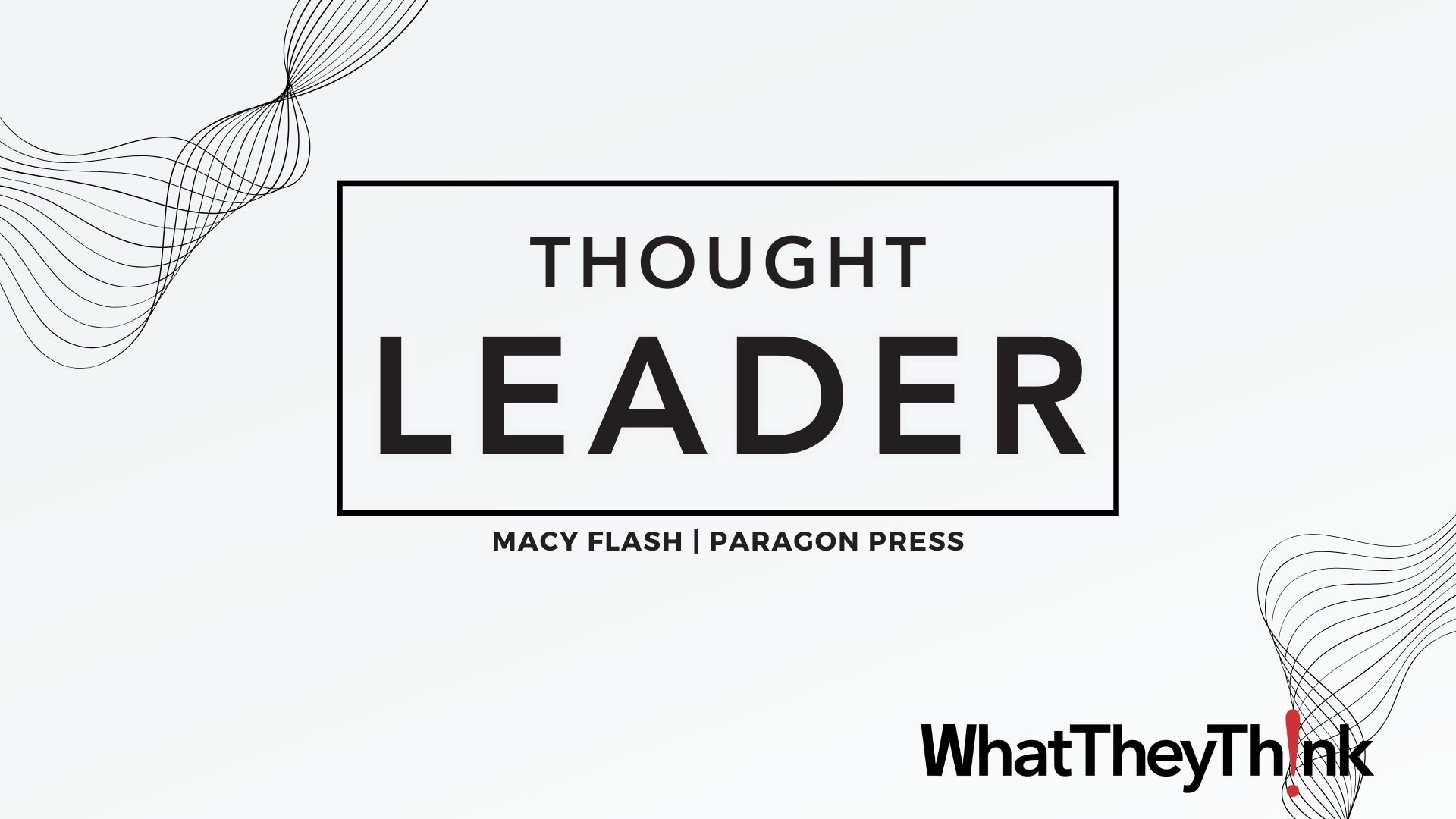GPO and OMB Announce Landmark Agreement (Plus Analysis)
Press release from the issuing company
June 9, 2003 -- (WhatTheyThink.com) -- Bruce R. James, Public Printer of the United States, and Office of Management and Budget Director Mitchell E. Daniels, Jr. jointly announced an innovative agreement that will free executive branch agencies to choose their own printers while saving taxpayer dollars. The agreement will also empower the Government Printing Office to maximize public access to federal information.
"Today's announcement is a victory for the American taxpayer," said OMB Director Daniels. "It builds on a competitive experiment that led GPO to print this year's federal budget at a savings of 23 percent. Federal agencies will now be empowered to select printers that provide the best deal for the taxpayers' dollar."
"We are extraordinarily pleased to join in this agreement with OMB," said Public Printer James. "It frees federal agencies to competitively choose their own printers and creates a system to provide the American public with better access to more government information than ever before. The government is now moving the way private sector has been moving, relying increasingly on electronic information technology to create and disseminate information products."
Private sector printers also welcomed the joint announcement. Ben Cooper, Executive Vice President of Printing Industries of America, said, "We have worked closely with OMB and Public Printer James on a new print procurement model and we believe this announcement marks a new era in federal printing policy and information distribution."
"On behalf of researchers and library users in all types of libraries, the American Library Association welcomes ideas that can improve permanent public access to government information, eliminate fugitive documents, and enhance the Federal Depository Library Program (FDLP)," said Dr. Carla Hayden, the incoming President of the American Library Association and Director of the Enoch Pratt Free Library in Baltimore, Maryland.
==============-
FREE WTT ANALYSIS:
GPO and OMB Teaming to Reinvent Government Print Procurement
"This will only work if it works for the printing industry, too."
By WTT Contributing Columnist Cary Sherburne
Friday’s announcement by the Federal Office of Management and Budget (OMB) and the Government Printing Office (GPO) is a clear sign of the changes taking place in the GPO as Public Printer Bruce James marks six months in office today.
In discussing this agreement with WhatTheyThink.com on Friday, James points out that over the last thirty to forty years, government agencies have established a growing presence outside of Washington D.C., as offices have fanned out across the nation. At the same time, the Federal Government’s print spend has dramatically decreased, from over $1 billion a few years ago, to an anticipated spend of less than $400 million this fiscal year.
James says, "We simply can’t afford the infrastructure that was in place to produce over $1 billion in printing annually. So as we looked at how to reduce costs and services that are now spread across the country, we felt there was an opportunity to move procurement back out to the agencies."
This statement leaves an open question as to the fate of existing government in-plant printing operations. For example, the Defense Automation & Production Service (DAPS) is believed to have some 1,500 employees, and the CIA in-plant operation has a budget of nearly $18 million and some 100 employees. While both of these agencies would produce some level of classified documentation that would be difficult to funnel to the private sector, there is no doubt a significant amount of work being produced by these operations that could be outsourced, which could result in a downsizing or outright elimination of those in-plant operations.
While Title 44 of the U.S. Code requires that all Federal Government printing be passed through the GPO, the Code is silent with respect to the details. James continues, "We decided the best way to address this problem was to have the GPO enter into master contracts with each printer that wishes to do business with the Federal Government. Procurement law is complex, and we have eight contract lawyers on our staff who are very familiar with the print procurement process. It is unlikely that any individual agency would have the scope of contract capability or the print domain expertise that we have."
James also asserts that any process deployed in conjunction with this program will be subject to audit by the Inspector General associated with his staff to assure fairness to all parties.
With the Web-based interface the GPO will be implementing, which James indicates would most likely be developed internally, agencies needing to purchase print will simply logon, fill in a form that specifies requirements, and submit a bid to listed printers. James admits that this is the end-point vision for the process, and that the development of the details for a full-scale solution will require a significant amount of work.
To that end, James plans to launch a pilot program October 1st, 2003, by selecting one Federal agency—preferably one with complex printing requirements—and a subset of an estimated 1,000 print providers from the government base of contracted printers. GPO, OMB, the selected agency and the participating printers will refine the process during the government’s upcoming fiscal year, with a full-scale program expected to be deployed October 1, 2004.
In order to stay within the law as specified by Title 44, all payments for print procurement will be funneled through the GPO, with the GPO assessing an estimated three percent administrative fee, compared to its current administrative fee of six percent. James indicates that the GPO will continue to purchase printing on behalf of Federal agencies who may not wish to undertake their own print procurement.
Under the program, participating printers will be required to provide the GPO with one electronic and two printed copies of each and every document that is produced on behalf of the Federal Government. James will, it appears, need to address the issue of electronic-only publications separately to assure that his responsibility "to keep all government documents perpetually available for public to use" is indeed fully carried out.
Based on the evolving lessons learned through the pilot, the final print procurement system will be developed and deployed. James indicates he expects full participation from the printing industry in this collaborative process, saying, "This will only work if it works for the printing industry, too."
James appears to be tackling head on the issues associated with moving the GPO from the 19th to the 21st Century. While a number of industry pundits have questioned James’ longevity in the position, especially if the current President is not re-elected next year, James was quick to point out that the office of Public Printer, while appointed by the Executive Branch of the government, is not a political appointment.
"In fact," he says, "I am only the 24th Public Printer in the history of the nation." James asserts that he has made a three- to five-year commitment to the position, stating, "There is no way the reinvention of the GPO could be accomplished in less than three years, and if it takes more than five, I am the wrong man for the job."
Video Center

WhatTheyThink is the official show daily media partner of drupa 2024. More info about drupa programs
© 2024 WhatTheyThink. All Rights Reserved.








